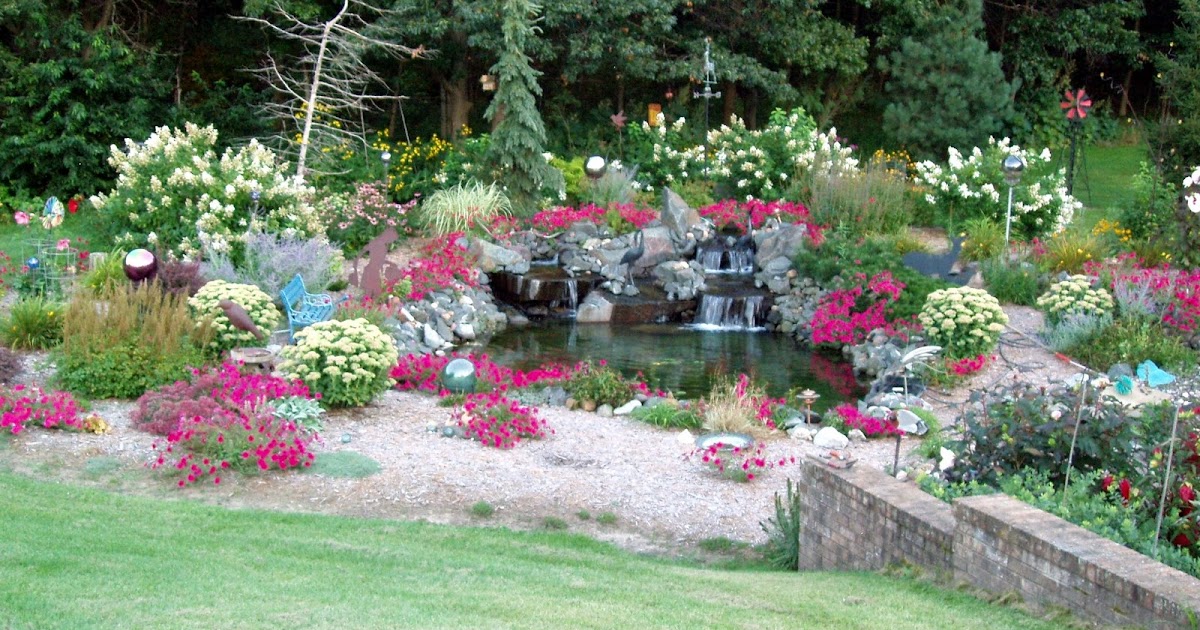
The Ultimate Guide on How Deep Should Your Koi Pond Be in Winter
Introduction
Koi fish, also known as Japanese carp, are among the most popular fish species kept in ponds. These fish are quite hardy and can survive through a range of weather conditions if their living environment is well-maintained. One of the most important factors that affect the health and survival of the koi fish in winter is the water temperature.
Keeping your koi pond at the right depth during winter will help ensure your fish’s survival by stabilizing the water temperature. But how deep should you dig your koi pond to ensure it remains safe for your fish throughout the winter?
Why is pond depth important in winter?
As the temperature drops in winter, the water in your koi pond will begin to get colder. If the pond is not deep enough, the water temperature near the surface can drop drastically, making it difficult for your koi fish to survive.
The water near the bottom of the pond will remain somewhat constant in temperature because it is not affected by the colder air temperatures on top. Therefore, it is important to dig your pond deep enough so that there is a significant amount of water below the surface that can remain at a stable temperature.
How deep should your koi pond be?
The ideal depth for a koi pond in winter varies depending on the climate of your region. However, the general rule of thumb is that your pond should be at least four feet deep.
This depth is enough to provide a sufficient buffer zone for your fish, and prevent the water near the surface from getting too cold during winter.
If you live in an area with an extremely cold climate, you may want to consider making your pond even deeper to provide additional protection for your fish.
Other factors to consider
While pond depth is an important factor to consider during winter, there are other factors that you need to keep in mind to ensure the well-being of your koi fish.
Pond Size
The size of your koi pond is also an important factor for your fish’s survival during winter. Ideally, your pond should be large enough so that the water does not freeze all the way through. This can be achieved by having a deeper pond, or increasing the size of your pond.
Water Filtration
Maintaining proper water filtration is crucial to the health of your fish. During winter, the filters in your pond may not function as effectively due to the colder water temperature. Make sure to clean your filters regularly and keep them in good working condition.
Aeration
Aeration is the process of adding oxygen to the water, and is essential for your fish’s survival during winter. This can be achieved by adding an air pump or a water feature to your pond.
Conclusion
In summary, digging your koi pond to the right depth is crucial for maintaining a stable water temperature for your fish in winter. The general rule of thumb is to have a depth of at least four feet, but this can vary depending on the climate in your region.
Remember to also keep in mind other factors like pond size, water filtration, and aeration to ensure the well-being of your koi fish throughout the winter.



